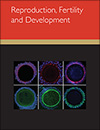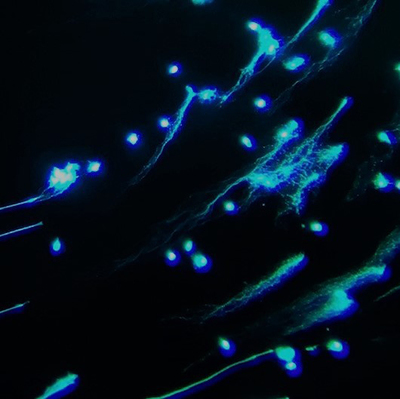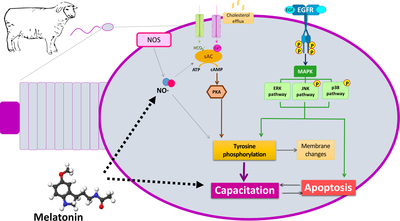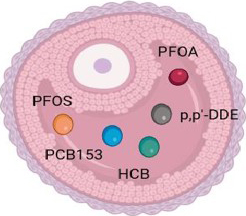
Reproduction, Fertility and Development
Volume 35 Number 3 2023

The cryopreservation of spermatozoa is an important reproductive technology for the preservation of fertility in man and animals. Since discovery, it has undergone many changes in terms of the freezing methods, freezing and thawing rates, and the protective media. This has led to an abundance of research articles discussing freezing protocols without systematic comparison. An extensive literature survey has been conducted addressing the cryoprotectants employed for both animal and human semen and the freezing protocols utilised to address this issue.
RD22219 Abstract | RD22219 Full Text | RD22219PDF (1.1 MB) Open Access Article
RD22146Effect of melatonin and nitric oxide on capacitation and apoptotic changes induced by epidermal growth factor in ram sperm
 , Melissa Carvajal-Serna, Victoria Peña-Delgado, Adriana Casao
, Melissa Carvajal-Serna, Victoria Peña-Delgado, Adriana Casao  and Rosaura Pérez-Pe
and Rosaura Pérez-Pe 

In our previous works, we demonstrated the implication of an alternative pathway to achieve ram sperm capacitation, which involves epidermal growth factor. Previously, we described that melatonin is able to modulate ram sperm in vitro capacitation achieved through the canonical cAMP/PKA pathway. Here we found that melatonin also prevents ram sperm capacitation induced by EGF by limiting the JNK MAPK activation. This mechanism isindependent from nitric oxide metabolism.
RD21326Persistent organic pollutants affect steroidogenic and apoptotic activities in granulosa cells and reactive oxygen species concentrations in oocytes in the mouse


Environmental contamination with persistent organic pollutants (POPs) is one of the global problems of the 21st century. In this aspect, the positive correlation between POPs and increased risk of ovarian dysfunction seems alarming. Our study indicated that POPs are responsible for disorders of female fertility and further may lead to rapid population aging in many countries.
RD21326 Abstract | RD21326 Full Text | RD21326PDF (2.1 MB) | RD21326Supplementary Material (569 KB) Open Access Article



